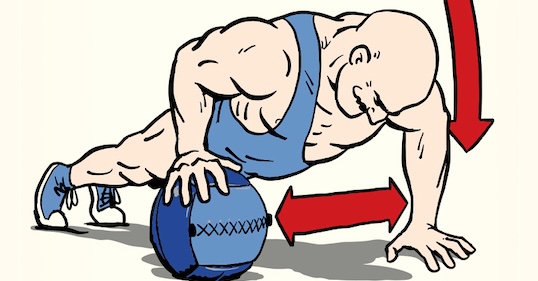It’s Shacket Season: Check Out Four Of The Best From Criquet Shirts
Nov 7, 2025How Wonderful is Your Wonderful Brain?
- Jul 22, 2023
- 0 Comments
913

This is a summary of the key features and functions of your wonderful brain. For more information, check out the resources on the WiseBrain website.
Complexity
Although your brain isn’t heavy – about three pounds of soft, gooshy tissue like tapioca pudding – it has about 1.1 trillion cells altogether. One hundred billion of those are in the “gray matter,” a kind of “skin” of nerve tissue wrapping around the “white matter” that comprises most of the bulk of the brain. The gray matter is where most of the action is for conscious experience.
When a neuron fires, sending neurotransmitters across the synapse – the tiny space between it and another neuron it is connected with – that either excites or inhibits the receiving neuron. To simplify a little, the sum of all the excitatory and inhibitory signals a neuron receives from its “upstream” neurons determines whether it will fire itself – sort of like the dominant message from a crowd of people all shouting “go!” or “stop!”
The receiving side of a synapse – the sensitive tip of the spike called a dendrite – is the most molecularly complex structure in the body, built from 1100 different proteins. This tip has increased in complexity dramatically throughout evolution, indicating that the development of this fundamental crossroads has been vital in what has made us human.
On average, each of the 100 billion neurons in your head has about 5000 connections with other neurons, creating a huge network of about 500 trillion synapses. Like a computer network built from five hundred trillion transistors, each representing a “bit” of information depending on whether it is “on” or “off.”
Adding up all possible combinations of 100 billion neurons firing or not, the number of potential states of that neuronal network is approximately 10 to the millionth power: one followed by a million zeros.
With all that connectivity, circular loops are routine in which – to simplify – the A neuron triggers B which lights up C which signals D which triggers A. This circularity allows and fosters:
Publisher: Source link







